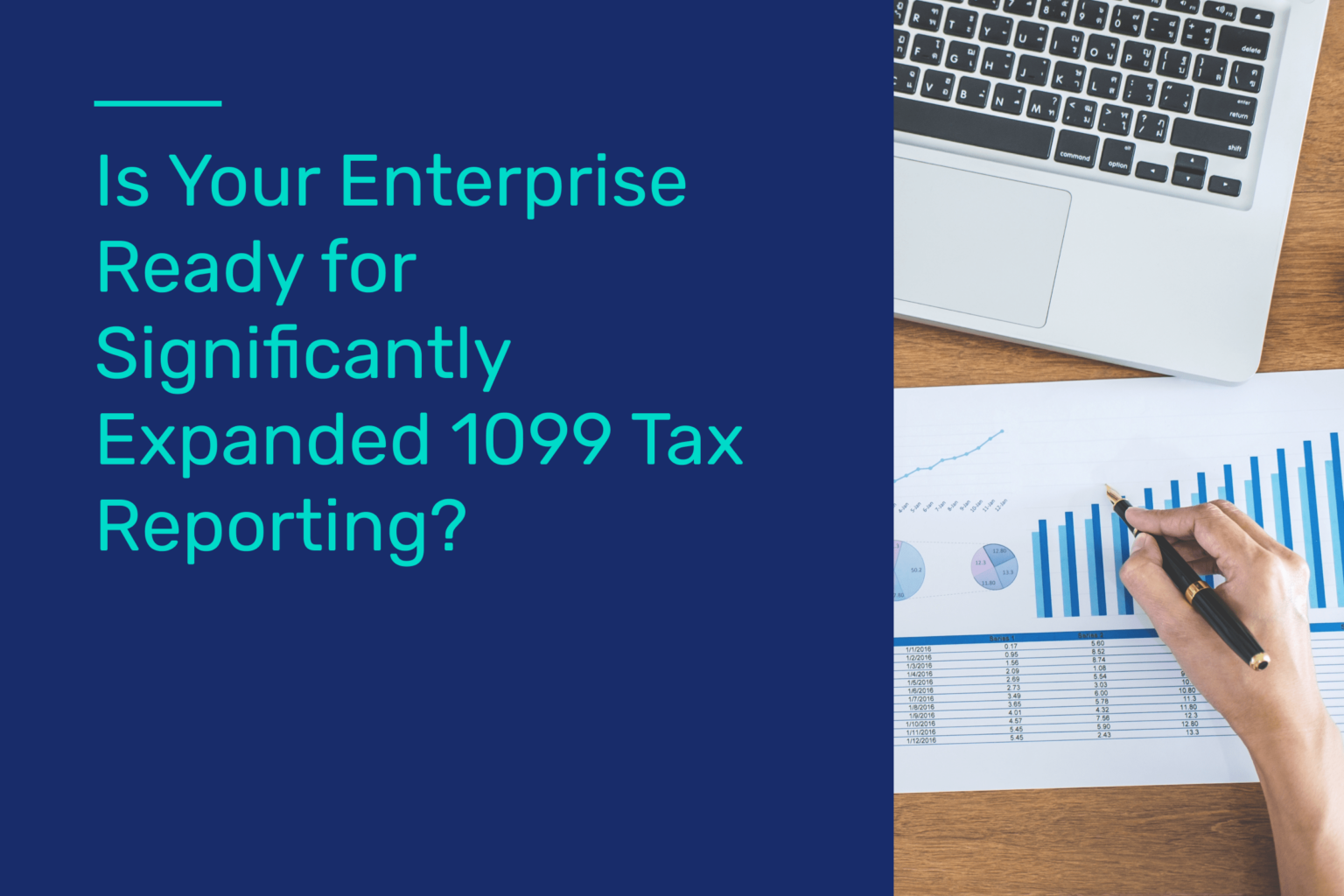How the digital economy can better prepare for the strenuous tax compliance lifecycle: from onboarding (i.e. W9/W8 Forms) all the way through annual information reporting.
Over the past decade, new enterprise sectors of the digital economy have grown to capitalize trillions of dollars worth of value. Across the gig economy, creator economy, fintech, and more, enterprises, regulators, and individuals alike have been grappling with how to apply one of life’s certainties – taxes – in an era of rapid economic and regulatory change.
In February 2023, for example, the New York Times broadcasted the headline: “They Went Viral and Made Money. Now They Owe Taxes. Many content creators who earned money for the first time on platforms like TikTok, Instagram and YouTube are figuring out what a 1099 form is and what they can write off.”
To make matters more complex, the American Rescue Plan Act of 2021 significantly lowers the threshold for tax information reporting for merchants via a Form 1099-K. The original effective date for the lowered threshold was tax year 2022. However, in December 2022, the IRS issued Notice 2023-10, delaying the implementation of the 1099-K reporting threshold and transaction limit change until 2023.
After being delayed one year, this will significantly increase the amount of forms payment settlement entities will issue, starting in tax year 2023. Businesses spanning social media, e-commerce, fintech, and more will need to conduct tax information reporting that will grow by orders of magnitude – and leaders should ensure their systems can scale to meet the challenge.
Common digital economy information returns
The most common information returns filed by businesses within the digital economy such as payment platforms, gig economy companies, creator platforms, and the like are listed below:
- 1099-K: Reports the gross amount of payments that a third-party payment processor makes to a merchant, and is intended to capture self-employment earnings and/or proceeds from the sale of personal items
- 1099-MISC: Reports miscellaneous income to users (such as for royalties, prizes/awards, and other income)
- 1099-NEC: Reports non-employee (often referred to as Contractor) compensation to users, and is commonly used across the gig economy
How the reduced $600 threshold will impact 1099 reporting for merchants
Businesses make a variety of payments each year. Those payments are usually not subject to information reporting to both the recipient of the payment and also to the IRS, but there are exceptions. One of those exceptions is the 1099-K.
The Form 1099-K will have a dramatically reduced threshold for tax year 2023. The Form 1099-K previously had a $20,000 in payments and 200 transactions threshold. However, that threshold has now been reduced to only $600 in payments. This reduced threshold will significantly expand reporting for 1099-K Forms, putting it at the same threshold as the 1099-NEC and the “other income” requirement for Form 1099-MISC.
While it seems the industry just finished the 1099 season, next year’s 1099 season will always be here sooner than we know it. The changes within the threshold, combined with the economic changes we are seeing, will surely mean that certain companies will face additional Forms 1099 in 2024. Enterprises need to be prepared to meet the challenges that will arise with increased 1099 reporting.
Accurate data is pivotal for 1099 reporting
A foundational requirement for a successful 1099 season is the quality of the data reported forward. The most difficult challenge that businesses face is ensuring they have up-to-date customer information. The best method of ensuring accurate customer data is having a holistic onboarding process which includes the collection of Forms W-9 and W-8. The Form W-9 provides the following benefits to any business:
- Classify a person as a US person
- Collect a certified Tax Identification Number (TIN)
- Collect important other information needed for purposes of 1099 reporting
While Form W-9 is seemingly straightforward, the actual process of collecting, validating, storing, and monitoring for changes in circumstances is exceptionally challenging.
Industry challenges of W-9/W-8 collection and validation
Unless you use an automated tool that integrates seamlessly with existing onboarding procedures, Form W-9 and W-8 collection and generation can be a laborious and manual process – with high stakes for enterprise operations, regulatory compliance, and user experience.
As an added complexity, if a business fails to validate their US account holder’s taxpayer identification number (TIN) with the IRS, and files a 1099 with that TIN, the IRS will issue a CP2100 or CP2100A Notice (each referred to as a “B Notice”) to the business or the payor
The B Notice informs the business that they have filed a 1099 with a name and TIN that does not match. That business will need to take certain efforts to collect a new Form W-9, and may ultimately be responsible to begin backup withholding at 24% for subsequent payments made to the account holder.
As a best practice, businesses should collect Form W-9 upon user onboarding and perform TIN matching to ensure their information matches IRS records. While not legally required to collect a certified TIN via a Form W-9 in all circumstances, this is an effective way for businesses and platforms to deliver accurate 1099s, while also limiting the number of B notices received and solicitations required in the future.
Modernized tax information reporting – from the W-9 to 1099
Given the challenges, and soon-to-be significantly increased scale, how should businesses meet the needs of tax information reporting? Traditional solutions can provide a fragmented enterprise experience, and often require countless manual hours in order to collect, share, and validate information collected and reported. The digital economy is in need of a modernized digital tax compliance solution.
Taxbit is building the premier compliance and reporting platform with end-to-end lifecycle support. As a single system of record to power tax and accounting needs – we enable scalable, API-powered processes that meet the needs of a broad array of businesses amid an ever-evolving regulatory landscape.
Taxbit supports the entire tax reporting process – from W-9/W-8 collection, automatic TIN matching, data reconciliation, and 1099 reporting within an API-driven solution that provides:
- A streamlined onboarding experience with embedded data collection for new customers that seamlessly integrates with existing onboarding and development processes
- Real-time recall, data verification, and reconciliation for hosted and stored customer information in a single location with enterprise-grade security
- Automated ingestion, validation, and normalization of data processes for accurate 1099 and other tax form generation and filing
- Unparalleled user and customer experiences that are easily deployed, managed, and always up-to-date
.png)


